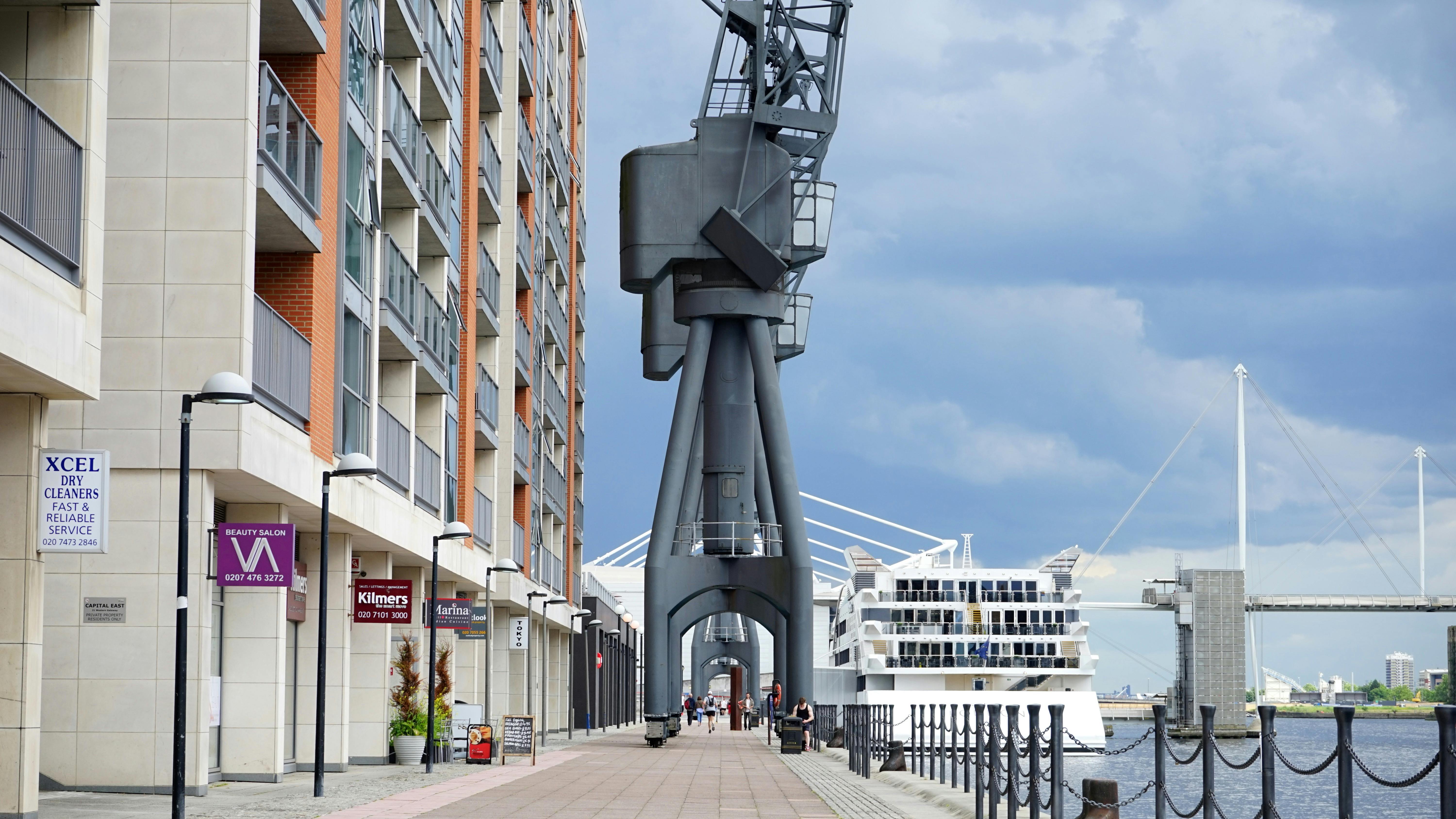My father, Corporal Norman P Sprague, fought on Iwo Jima, so I thoroughly researched everything that happened there. One thing I discovered was that the iconic photograph Joe Rosenthal took was of the second flag raised on Mount Suribachi. My second discovery was that only two years before that date, the correct names of those who raised that flag were known for the first time. Many years have passed since the Battle of Iwo Jima during World War II, but the facts were not exactly known.
One thing I did in my exam was to identify the men who had raised the first flag and then found out that there was at least a third flag as well. I have the photo but not the identities of flag number three. The first to erect Flag Number One are as follows: Lt Harold G. Schrier, Sgt. Ernest Thomas, and Sergeant Oliver Hanson. Then the wind picked up so they needed help and were later helped by Cpl Charles Lindberg, Pfc James Michels, Pfc Raymond Jacobs and Navy Corpsman John Bradley. “Flags of Our Fathers” had been written by his son James Bradley. I read his book and also saw the movie. That flag was 54″ x 28″ at first and had been taken from the USS Missoula, a transport ship. The photographer was Louis Lowery for that photo.
As for flag number two, the one that gets all the glory, the men are: Sgt Michael Strank, Cpl Hanlon H Block, Pfc Franklin R Sousley, Pfc Ira H Hayes, Pfc Rene A Gagnan and Harold Schultz. The Pulitzer Prize was awarded. to Rosenthal for his perfect picture of the flag and the biggest men. The flag was 96″ x 56″ in size and came from LST-779, which was a tank transport ship. For many years Sergeant Henry Hanson was thought to have been one of the flag raisers, but he was not. Unfortunately, he was also unable to make it out of Iwo Jima alive, as he was killed by a sniper’s bullet there.
Lieutenant Harold G Schrier was the first man to summit Suribachi and was awarded the Navy Cross for his effort and heroism. He led the first Marines of the 5th Marine Division’s 28th Regiment to the top of that mountain and not knowing what he would face when he got there.
The Japanese were led by General Tadamichi Kuribayashi, who had his men well hidden underground. There were 21,000 men hidden in a 13,000 meter tunnel with a thousand cave entrances. They were well prepared for the impending attack by our fighting Marines. My father was in the 3rd Marine Division. that he had responsibility for the center of the island. His division was a reserve unit as they were coming off a new battle in Guam. Dad, as part of a scouting party, still left early so he could see more of the action. Luckily, he made it out alive. Marine casualties were high. The Navy command said there were 17,372 injuries and 5,931 deaths on Iwo Jima. The 4th Marine Division. He fought along the beaches and the quarry area, while the 5th Marines concentrated on Mount Suribachi and nearby opposing beaches. The 3rd Division headed towards the airfields and its share of wounded was 4,438 and 1,131 killed. The whole island was dangerous and there were many heroes.
The Japanese lost 19,977 men and there were 216 marines and 867 army taken prisoner. Another discovery was that the Japanese had used Korean slaves to help them fight to the bitter end. Kuribayashi had asked his men to make the ultimate sacrifices for the Emperor and the Japanese people.
After that battle, the next fight was on Okinawa and then there was bombing on the Japanese mainland. The Japanese previously surrendered on September 2, 1945 aboard the USS Missouri after the atomic bombings of Hiroshima and Nagasaki.
